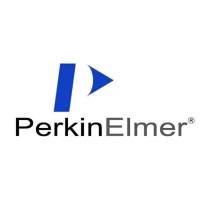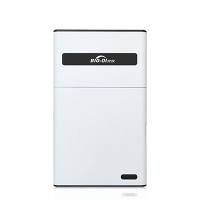Laser Scanning Cytometry: Principles and Applications
互联网
768
The laser scanning cytometer (LSC) is the microscope-based cytofluorometer that offers a plethora of analytical capabilities. Multilaser-excited fluorescence emitted from individual cells is measured at several wavelength ranges, rapidly (up to 5000 cells/min), with high sensitivity and accuracy. The following applications of LSC are reviewed: (1) identification of cells that differ in degree of chromatin condensation (e.g., mitotic or apoptotic cells or lymphocytes vs granulocytes vs monocytes); (2) detection of translocation between cytoplasm vs nucleus or nucleoplasm vs nucleolus of regulatory molecules such as NF-κB, p53, or Bax; (3) semiautomatic scoring of micronuclei in mutagenicity assays; (4) analysis of fluorescence in situ hybridization; (5) enumeration and morphometry of nucleoli; (6) analysis of phenotype of progeny of individual cells in clonogenicity assay; (7) cell immunophenotyping; (8) visual examination, imaging, or sequential analysis of the cells measured earlier upon their relocation, using different probes; (9) in situ enzyme kinetics and other time-resolved processes; (10) analysis of tissue section architecture; (11) application for hypocellular samples (needle aspirate, spinal fluid, etc.); (12) other clinical applications. Advantages and limitations of LSC are discussed and compared with flow cytometry.









